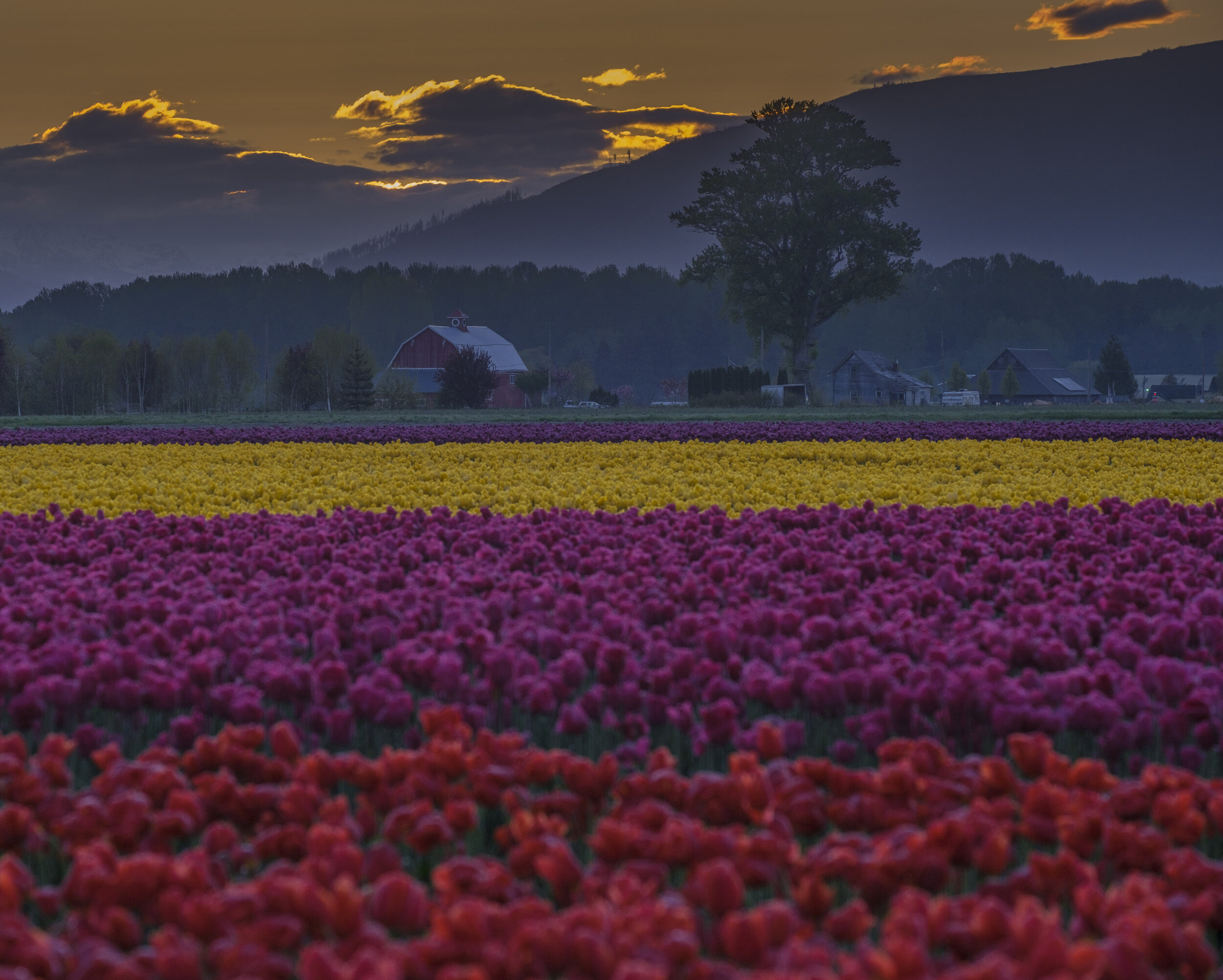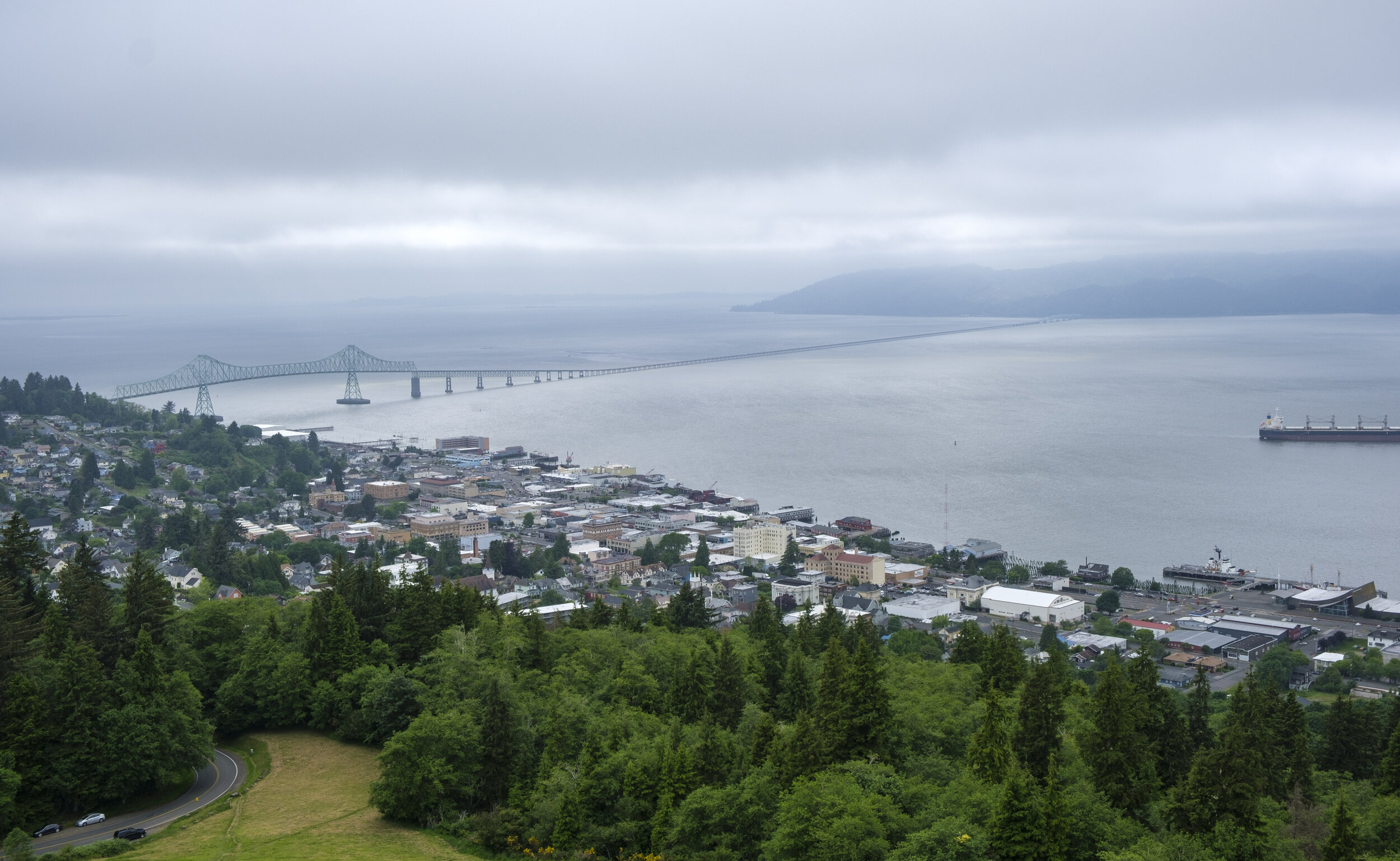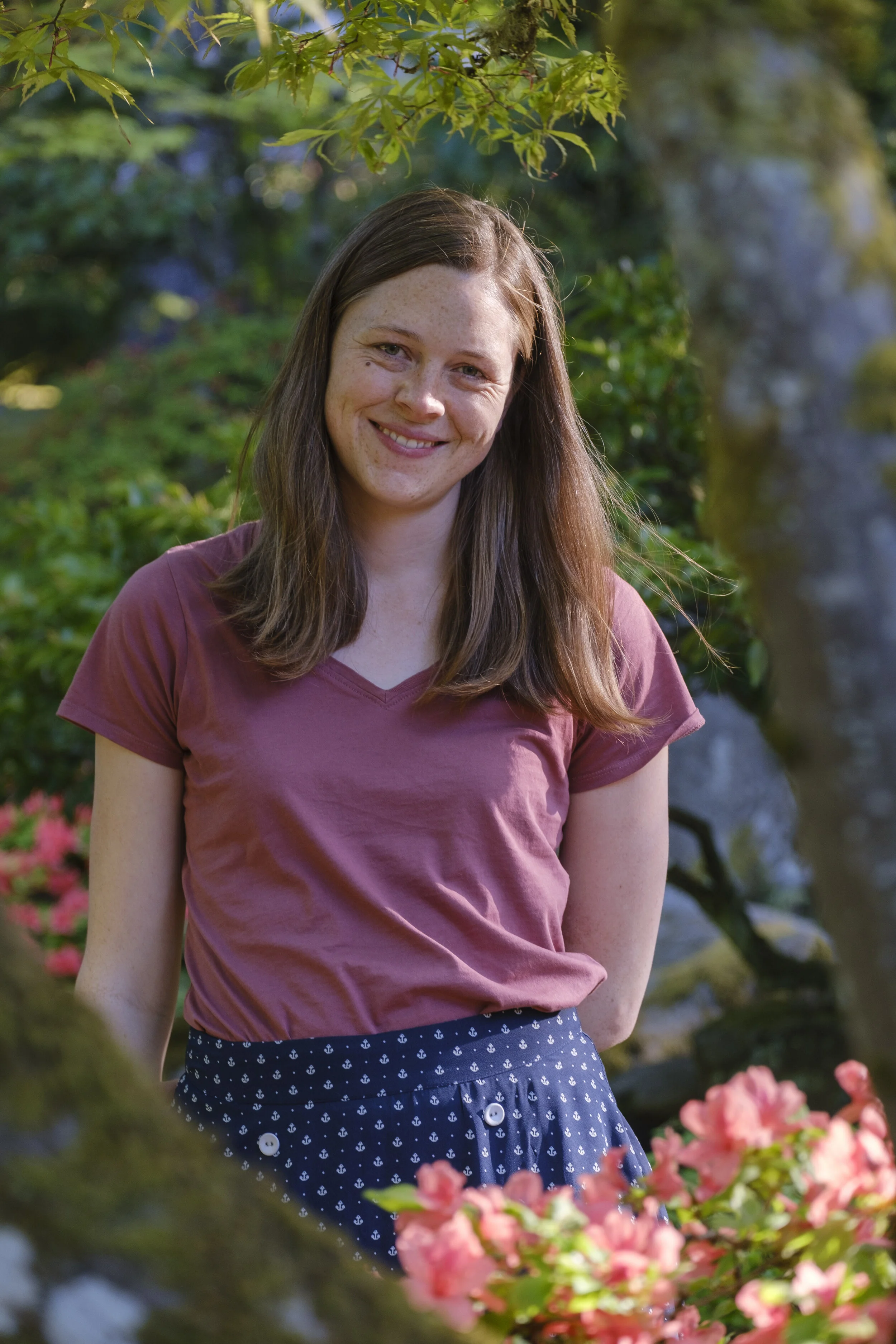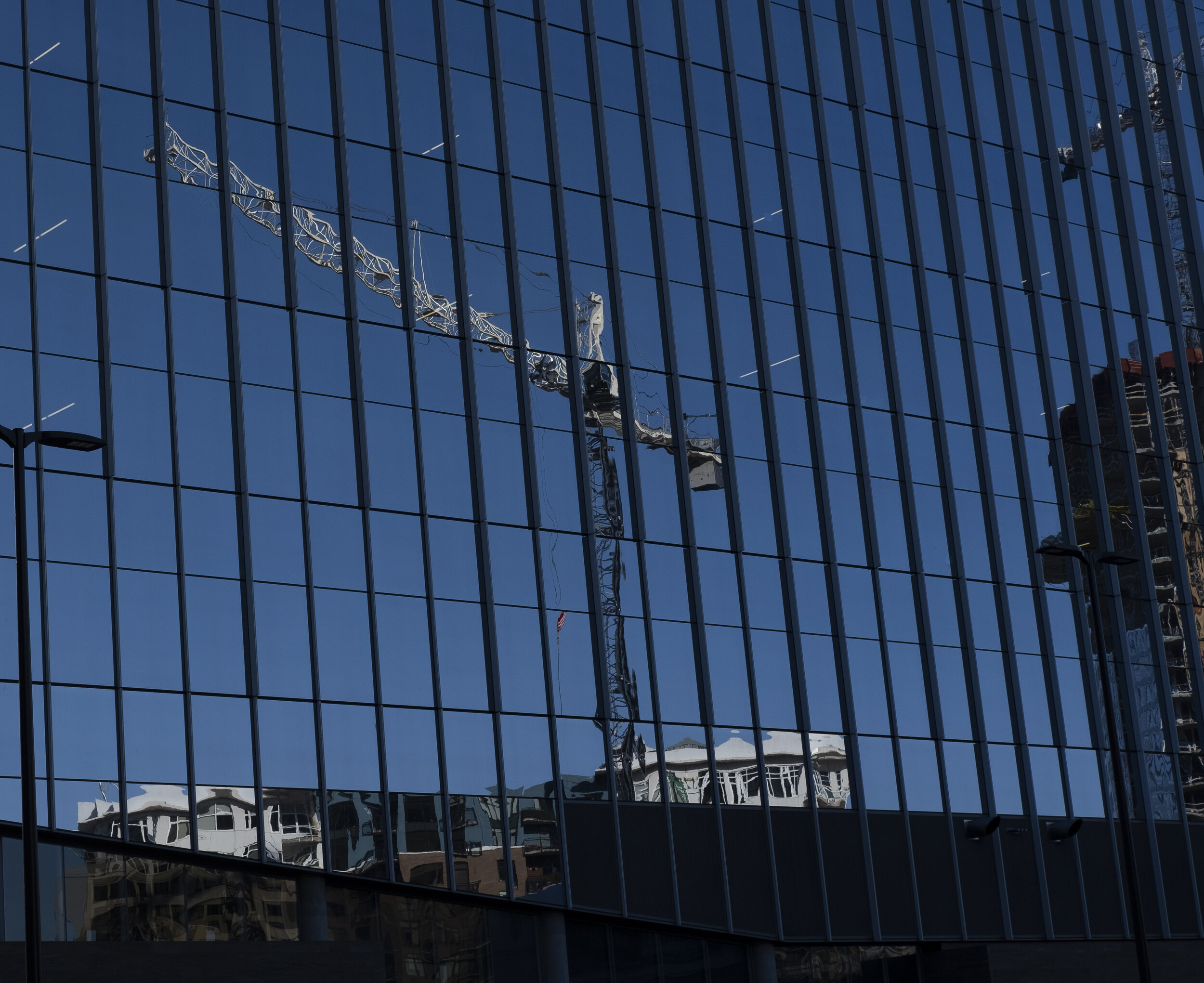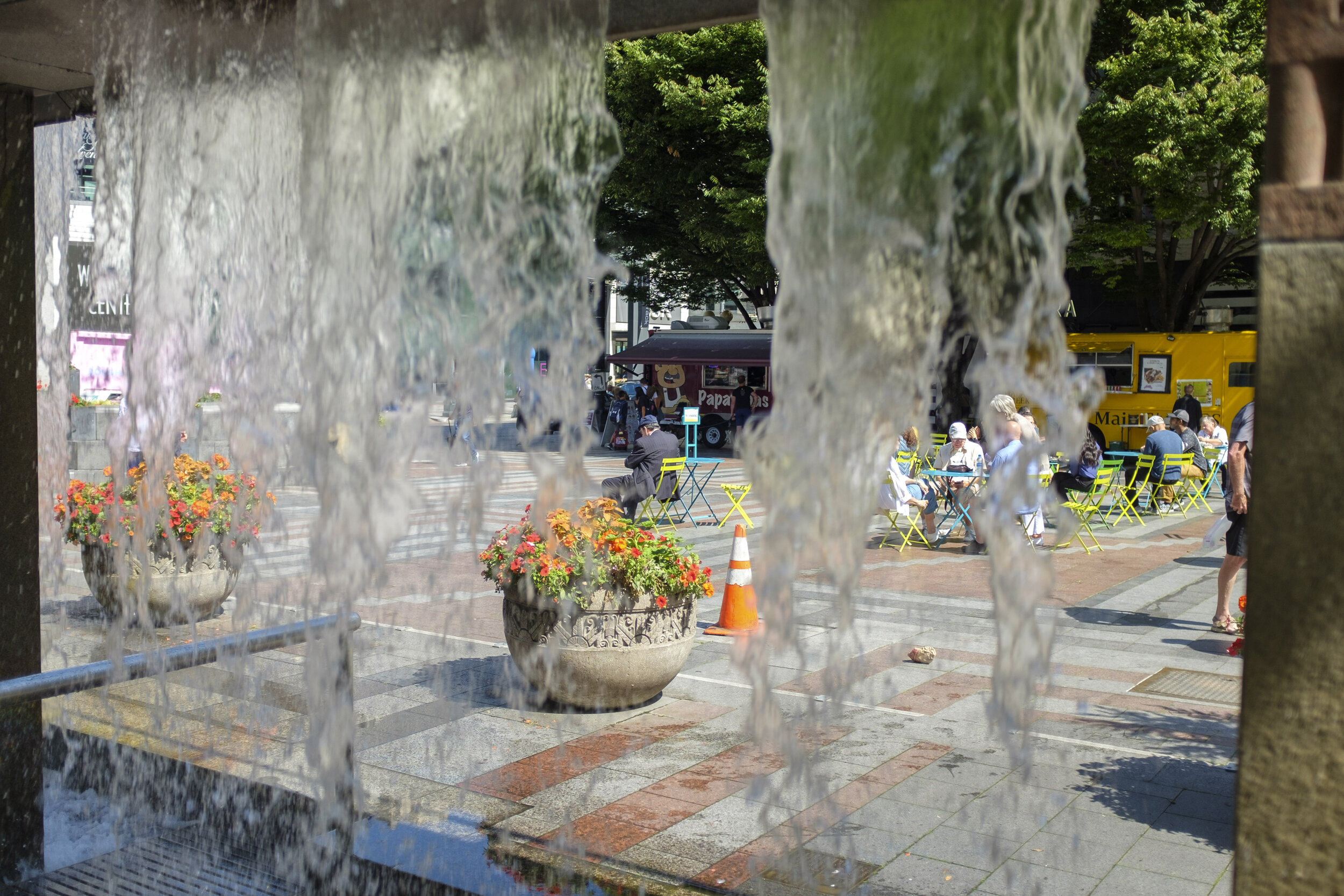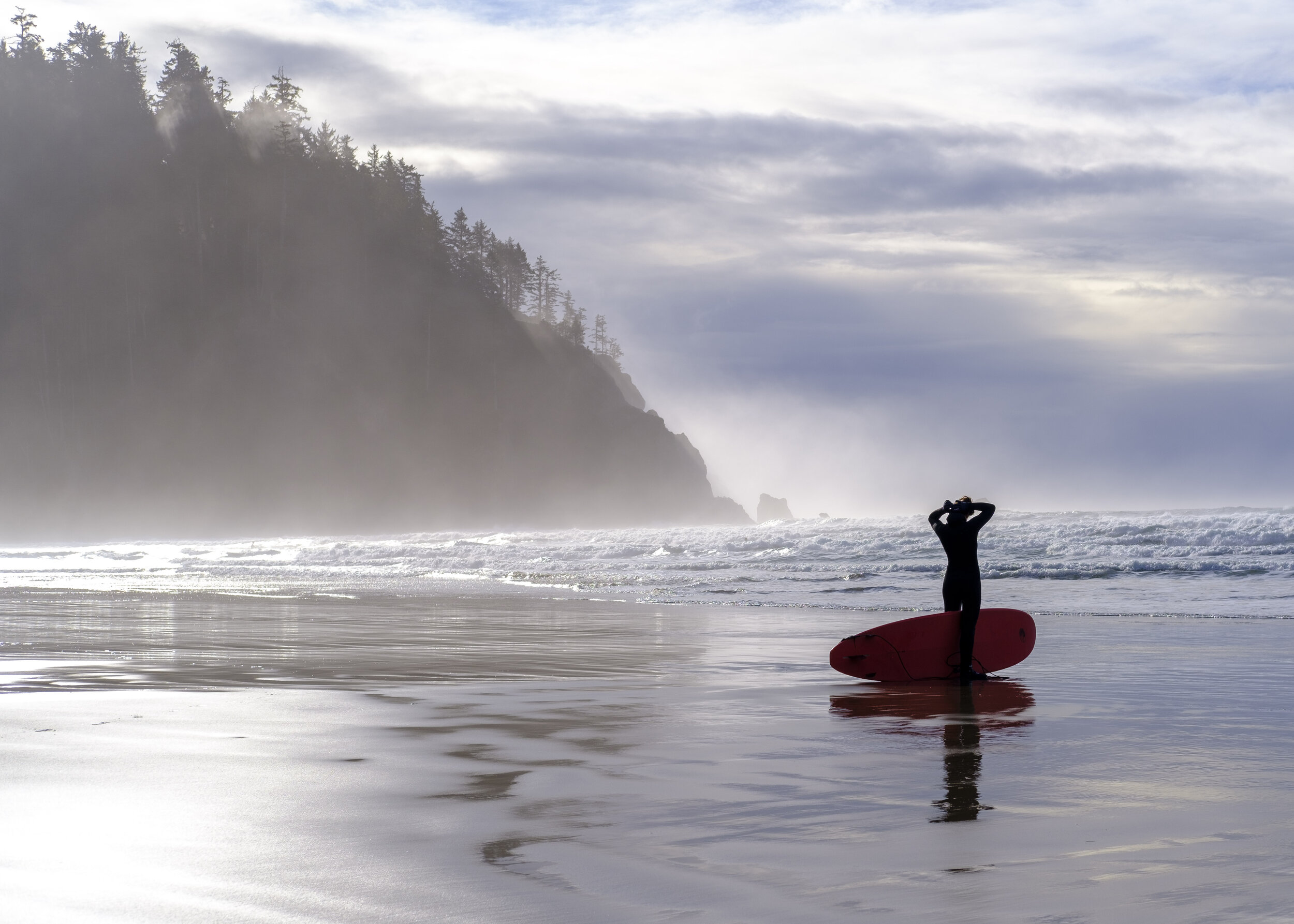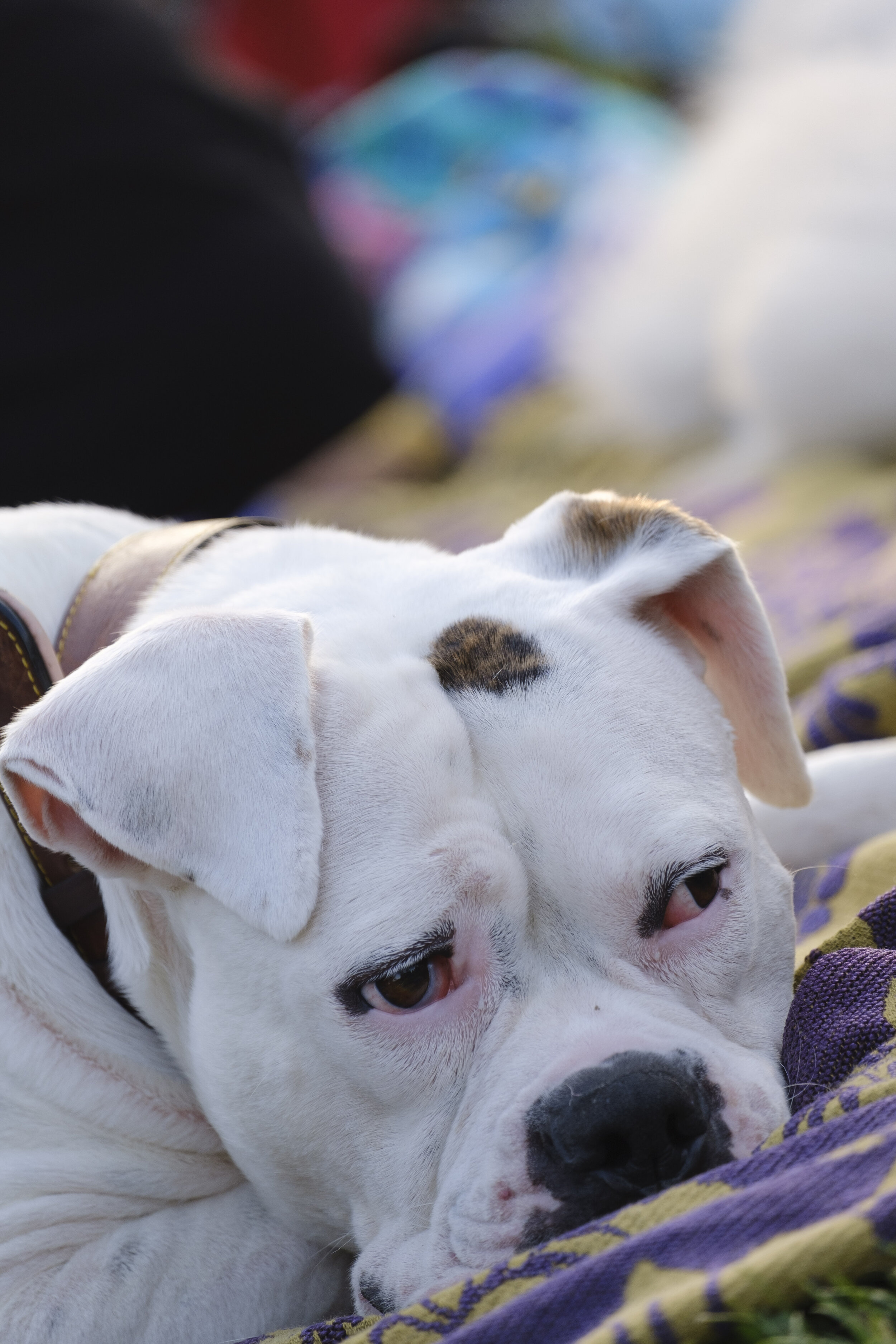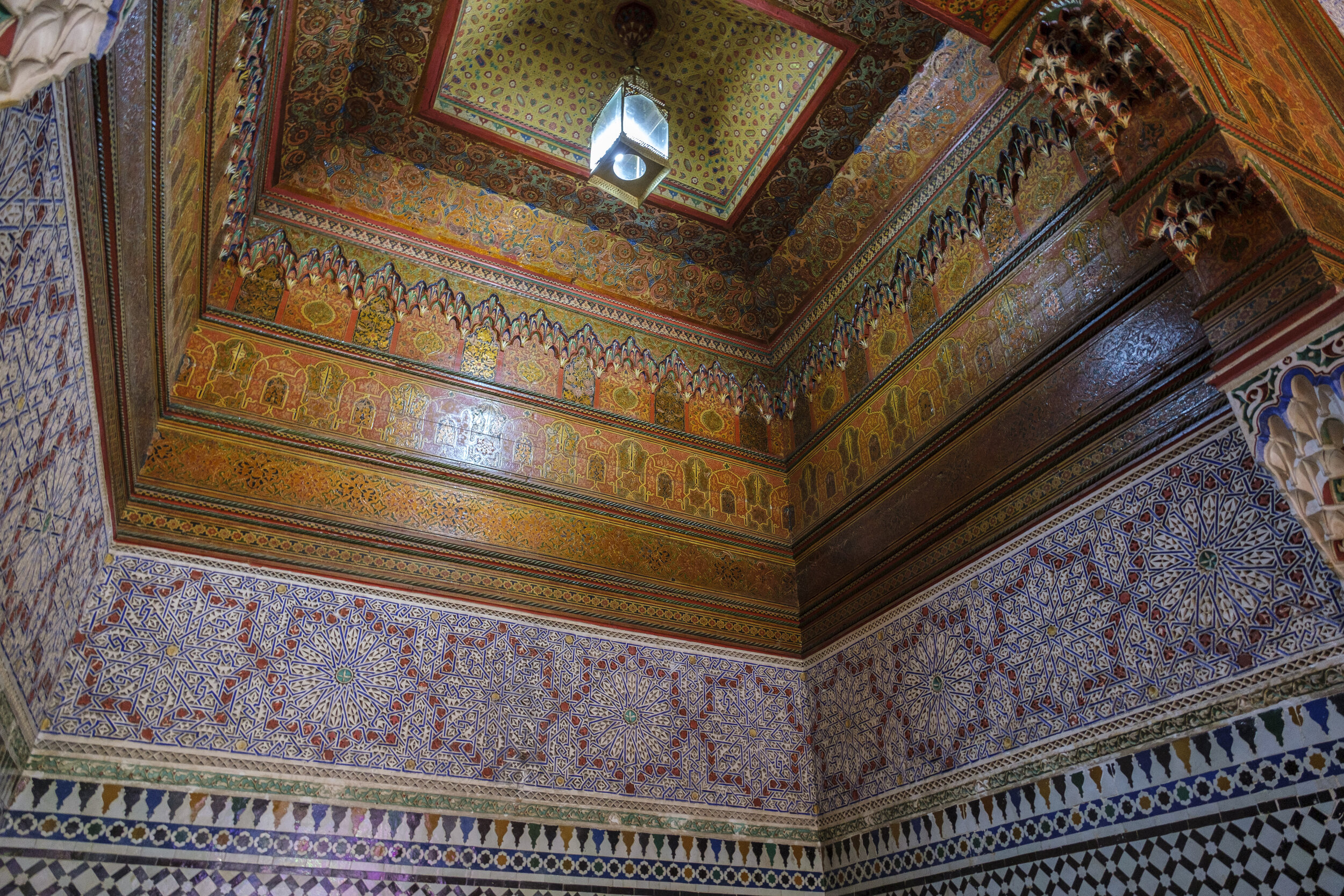Mount Rainier, This Time in Winter
Between Christmas and New Year’s, we spent a couple of days in a cabin near Mount Rainier. We got incredibly lucky with weather, as we were there between snow storms, and we were able to do a lot of beautiful hiking and snowshoeing.
Some mushrooms that look like potato chips (photo/Jason Rafal)
The lower elevations in the park were incredibly green (photo/Jason Rafal)
A log providing a home for other plants (photo/Jason Rafal)
A somewhat rare photo of both of us (photo/Jason Rafal)
We got lucky with weather for the entire trip, but the day we went snowshoeing was amazing - we had a completely clear, bright blue sky above the snow-covered mountain. It was visually overwhelming, but very beautiful.
Jason is enjoying sunstars on his new camera (photo/Jason Rafal)
Following tracks down the slope (photo/Jason Rafal)
Windswept snow against a saturated sky (photo/Jason Rafal)
I insisted on sitting in the snow, but I almost took us both down trying to get back up (photo/Jason Rafal)
A classic winter scene (photo/Jason Rafal)
After a day of snowshoeing, we went to Alder Lake, down the valley from Rainier, and spent some time exploring the otherworldly land of mud and stumps.
A wholly different planet than earlier in the day (photo/Jason Rafal)
In addition to sunstars, he’s also leaning into black and white (photo/Jason Rafal)
On our way home, we decided to hike to a set of waterfalls. The hike was a bit harder than anticipated on tired legs, but the waterfalls were all wonderful.
The lower falls (photo/Jason Rafal)
It had a very Jurassic Park feel (photo/Jason Rafal)
The middle falls (photo/Jason Rafal)
Slightly frozen mud everywhere (photo/Jason Rafal)
A tiny, very bright fungus (photo/Jason Rafal)
It was a very fun trip to finish off an exceptionally rough year, and I find myself very grateful to be in Washington right now.













